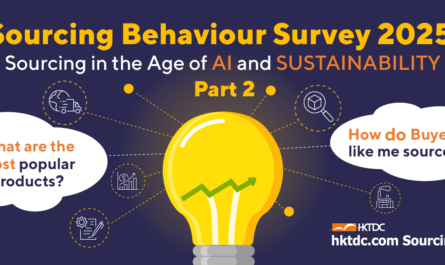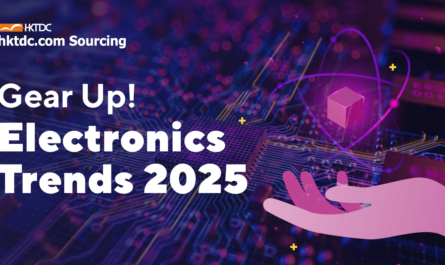The global electronics industry continues to evolve at an unprecedented pace, driven by cutting-edge innovations and increasing consumer demand for smarter, more sustainable devices. For buyers and suppliers, staying ahead of these trends is not just advantageous but essential to remain competitive in this dynamic market.
1. The Rise of Sustainable Electronics
Sustainability is no longer just a buzzword in the electronics industry — it’s a necessity. With the global push for reducing e-waste and adopting eco-friendly practices, manufacturers are focusing on circular economy models. This includes designing products that are easier to repair, recycle, and reuse.
Companies like Apple and Samsung are using recycled materials such as aluminum and rare earth elements in their flagship devices. For instance, Apple’s recent Environmental Progress Report highlights its commitment to achieving carbon neutrality by 2030.
Suppliers must adapt by incorporating eco-friendly materials into their supply chains, while buyers are increasingly prioritizing brands with transparent and measurable green initiatives.
2. Quantum Computing Becomes More Accessible
Quantum computing, once limited to academic and research settings, is becoming increasingly accessible to businesses. Tech giants such as IBM, Google, and Microsoft are racing to commercialize quantum computers that promise to solve problems far beyond the capabilities of classical systems.
IBM’s Quantum System Two, launched last year, represents a significant leap in scalable quantum computing. It is expected to revolutionize fields such as cybersecurity, logistics, and drug discovery.
For the electronics supply chain, this trend signals important shifts: component suppliers should prepare for increased demand for specialized quantum chips and cooling systems, while buyers in sectors like finance, healthcare, and logistics should begin exploring practical use cases for this transformative technology.
3. Artificial Intelligence (AI) Integration in Consumer Electronics
AI is increasingly embedded in consumer electronics, enhancing functionality and user experience. From AI-powered assistants in smartphones to predictive maintenance in smart home devices, the possibilities are vast. In 2025, Google’s AI-powered Pixel 9 introduced features real-time language translation, advanced photo editing, and predictive text capabilities.
Manufacturers and suppliers must focus on AI-compatible components and processing units, while buyers benefit from more intuitive and efficient products that can adapt to user behaviors over time.

4. Wearable Tech Expands Beyond Fitness
While wearable technology has traditionally focused on fitness and wellness, 2025 sees it branching into other domains such as healthcare diagnostics, mental health monitoring, and productivity enhancement.
An example is that Fitbit’s new devices now monitor stress levels and blood sugar in real time, opening a new chapter of smartwatches.
The implications for the supply chain are substantial: Suppliers should expect demand for advanced sensors and lightweight materials, while buyers in sectors such as healthcare can leverage wearables for patient monitoring.
Read More:
2025 Healthcare Innovation: AI, Telemedicine & Precision Medicine Transforming Patient Care
5. Growth of Smart Home Ecosystems
The smart home market is booming, with consumers demanding seamless integration across devices. Brands are focusing on creating comprehensive ecosystems that connect everything from smart thermostats to security cameras and smart TV to PC.
The Matter 1.4.1 protocol, launched in 2025, ensures interoperability between devices from different brands, making it easier for consumers to build connected homes. This may mean that suppliers need to standardize components to meet Matter compliance, while buyers can enjoy more options for smart home devices.
For global buyers and suppliers, 2025 represents a pivotal year filled with opportunities and challenges in the electronics industry. By aligning with the latest technologies and consumer demands, businesses can position themselves for success in this rapidly evolving landscape.
Future-proof your business strategy by joining the upcoming Hong Kong Electronics Fair (Autumn Edition) from 13 to 16 October 2025, to explore the latest innovations in the electronics scope and connect with industry leaders shaping tomorrow’s technology landscape.
Click the following banner to get your ticket:
Explore more iconic electronics on our e-Marketplace too:
Electronics Fair FAQ
What Electronics/ Gadgets Trends Should We Pay Attention to This Year?
This year’s focus includes eco-friendly and sustainable electronics, more AI integration, and wearable tech maturation and more significant penetration of smart home technologies.
Why Attending the Autumn Electronics Fair?
By joining the electronics fair physically, not only you can network with fellow industry professionals, but also explore the technologies and product designs in-person.








